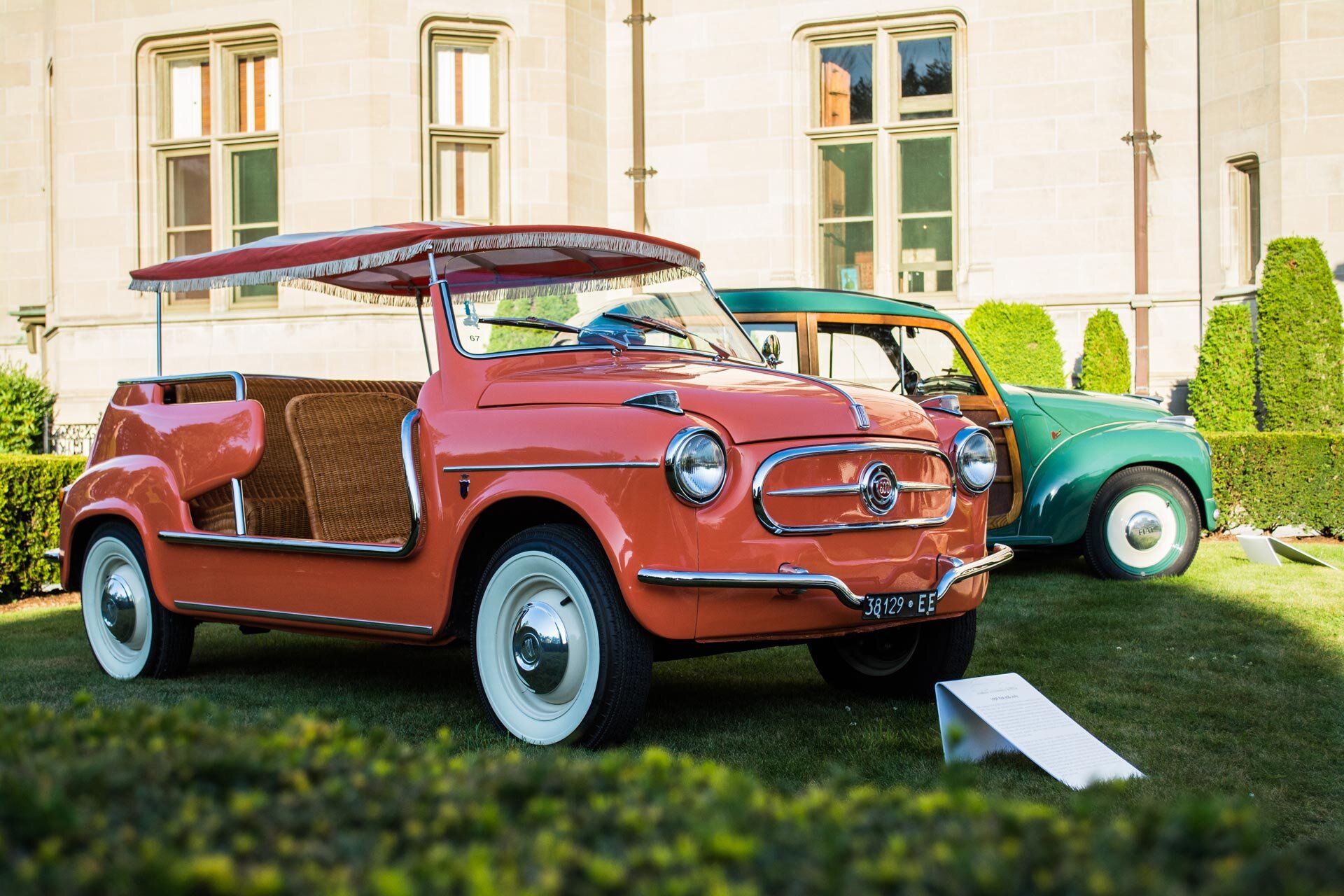Classic & Fantastic: Automobiles 1945-1965
July 1, 2016 – November 6, 2016
The economic boom in postwar America fueled great advances in automotive technology and styling. The design influences of airplanes, rockets, and popular media became evident in futuristic-looking postwar cars.
Ford, General Motors, and Chrysler took advantage of advancing technology by producing and marketing different subdivisions of cars: Ford started with the basic Fords, then Mercury, and topped off with Lincoln. GM began with Pontiac, then Oldsmobile, Buick, and finally Cadillac. Chrysler started with Plymouth, Dodge, and then DeSoto. With each step up the ladder owners were afforded more chrome, more power, and upgraded interior options, along with increased social status.
In 1948, a small upstart company run by Preston Tucker began to make a name for itself. The Tucker Car Corporation took the world by storm with the radical new Tucker 48, a car well ahead of its time that would have revolutionized the industry. After two years in operation, and 51 cars produced, the company folded due to negative publicity, an SEC investigation and a heavily publicized stock fraud trial (allegations were proven baseless in court with a full acquittal). Speculation implicated politicians and the “Big Three” automakers as having a role in the Tucker Corporation’s demise.
This exhibit offers a look at the development of the automobile in the years just before, during, and following World War II. Fanciful, innovative, and forward thinking, this period of automotive history is now seen as classic American design.















